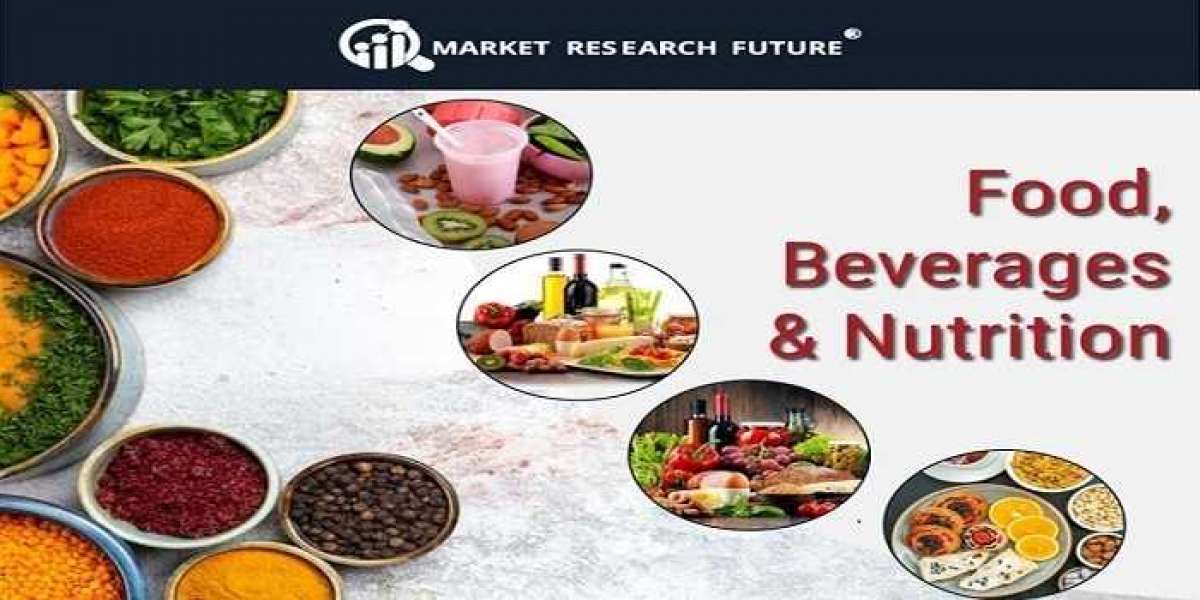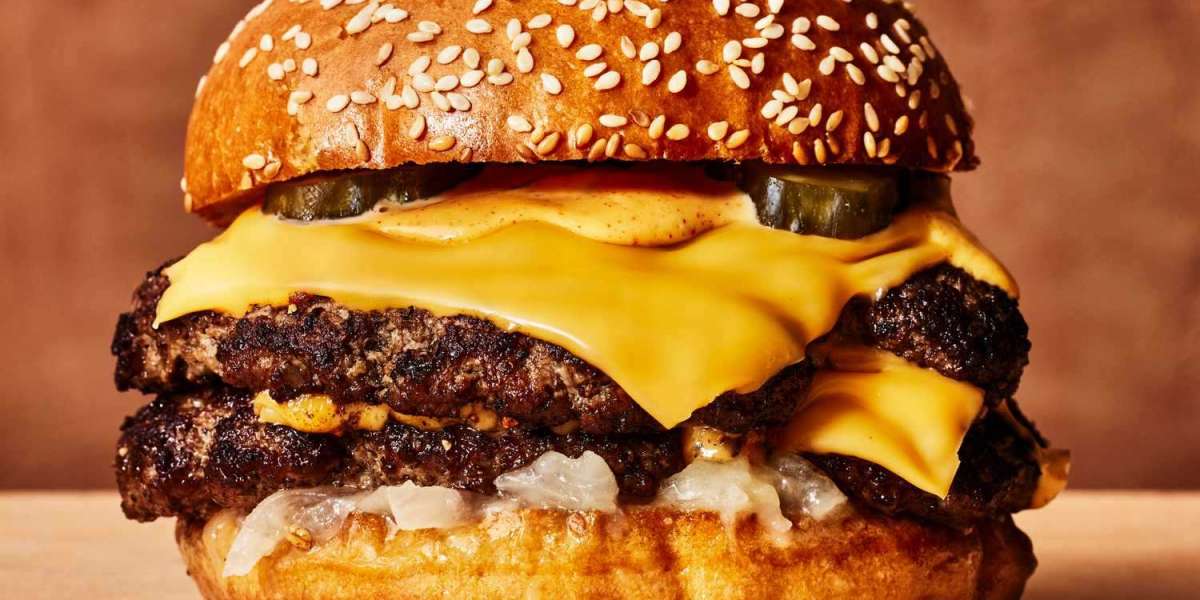Innovation in flavored syrups is no longer just about more fruit options or classic flavors. The pace of consumer curiosity and demand for differentiation is pushing the market into new territories—blends, exotic notes, botanical infusions, and health-aligned flavoring. Drawing from MRFR and related reports, this blog explores those trends.
What Consumers Want Now
Dual-Fruit Fruit + Herb / Spice Blends: Fruit-fruit blends like raspberry-lemon or berry-mango are popular. Also fruit + herb/spice combinations (mint, ginger, basil) are gaining traction for novelty.
Botanical Exotic Ingredients: Think floral (rose, elderflower), spice (cardamom, cinnamon), tropical fruits not commonly used in mainstream syrups. This is especially popular in premium café drinks and beverages.
Natural / Organic Flavoring: Clean labels, non-artificial colors and flavors, organic certification. These are especially significant in developed markets where consumers have higher health awareness.
Flavor Stability Texture Innovation
Syrups are required to perform in diverse settings: hot drinks, cold drinks, iced teas, dessert toppings, milkshakes. Maintaining flavor intensity, preventing separation, avoiding off-notes (especially in cold) are critical.
Texture (viscosity, pourability) matters: thicker syrups may cling to surfaces; thinner ones dilute flavor. Some innovation is around sugar-free or reduced sugar syrups that mimic mouthfeel of classic versions.
Use-Case Innovation
Signature Beverages / Mocktails / Home Mixology: Bars, cafés, and home consumers use syrups to differentiate drink offerings. Offerings labeled “limited edition” or “seasonal flavor” (like pumpkin spice, salted caramel) help drum interest.
Dessert Bakery Pairings: Syrups for drizzling, glazing, toppings; integrating syrups into baked goods for flavor infusion.
Regional Flavor Preferences
Asia-Pacific consumers may prefer tropical fruits or intense sweet + tart combinations.
Latin America or Caribbean flavors may lean toward local fruits, spices, citrus.
In European café culture, classic flavors (vanilla, caramel) remain strong but novelty and premium small batch flavors are attractive.
Challenges in Flavor Innovation
Sourcing consistent, high-quality natural flavor extracts or ingredients can be expensive.
Flavor safety, regulatory compliance, keeping up with standards (e.g. labeling, permitted food additives) is complex.
Balancing innovation with cost—novel flavors often cost more. Maintaining margin while offering novelty is tricky.
Strategic Recommendations
Invest in RD and sensory testing to validate new flavor combinations.
Collaborate with chefs, mixologists, flavor houses to co-develop unique flavor profiles.
Use small-batch or limited edition launches to test market response before full rollout.
Use marketing to tell flavor stories: origin, ingredients, sensory experiences.
Consider sugar-free or low-sugar versions of new flavors to appeal to health-minded segments.
Outlook
Flavor innovation is set to be a major differentiator in the flavored syrups market. Brands that lead in creating authentic, novel, taste-rich, and health-aligned flavors will appeal to evolving consumer palates. As the market grows toward USD 83B by 2035 (MRFR projection), flavor creativity, combined with quality and naturalness, may decide who flavors the future.








